THE CHOCOLATE MUSEUM OF ZAGREB
This attraction is a definite must for all chocolate lovers and for those who wish to explore the history of one of the most favourite tastes and flavours on Earth.
You will be swept off your feet by the beautiful and creative interior, a signature design by Željka Zrnić, and by the owners, Ružica and Domagoj Cerovac, who are both passionate chocolate lovers and connoisseurs. The moment you step into the Chocolate Museum, the adventurous journey through time and space begins to engage and immerse all senses – sight,smell, touch, hearing and most importantly – taste!
Instead of the usual entry ticket, you will be given a chocolate-tasting box with various types of chocolates, starting with cacao bean, the most basic ingredient of chocolate. While exploring the museum, you will stop at special savouring stations to try a particular chocolate from your “Entrance Ticket“and to learn more about each sample's history and production.
The interactive Chocolate Museum of Zagreb offers diverse, but also fun facts, history, hands-on chocolate experiences, workshops and finally, exceptional products displayed in a chic gift shop that takes pride in offering for purchase,a variety of assorted, handmade chocolates from distinguished Croatian chocolates. It regularly hosts bookable “Make‑Your‑Own Chocolate” workshops—watch its website for upcoming dates. From late May, they’re also adding weekday drop‑in mini sessions so visitors can craft a quick custom bar during their tour.
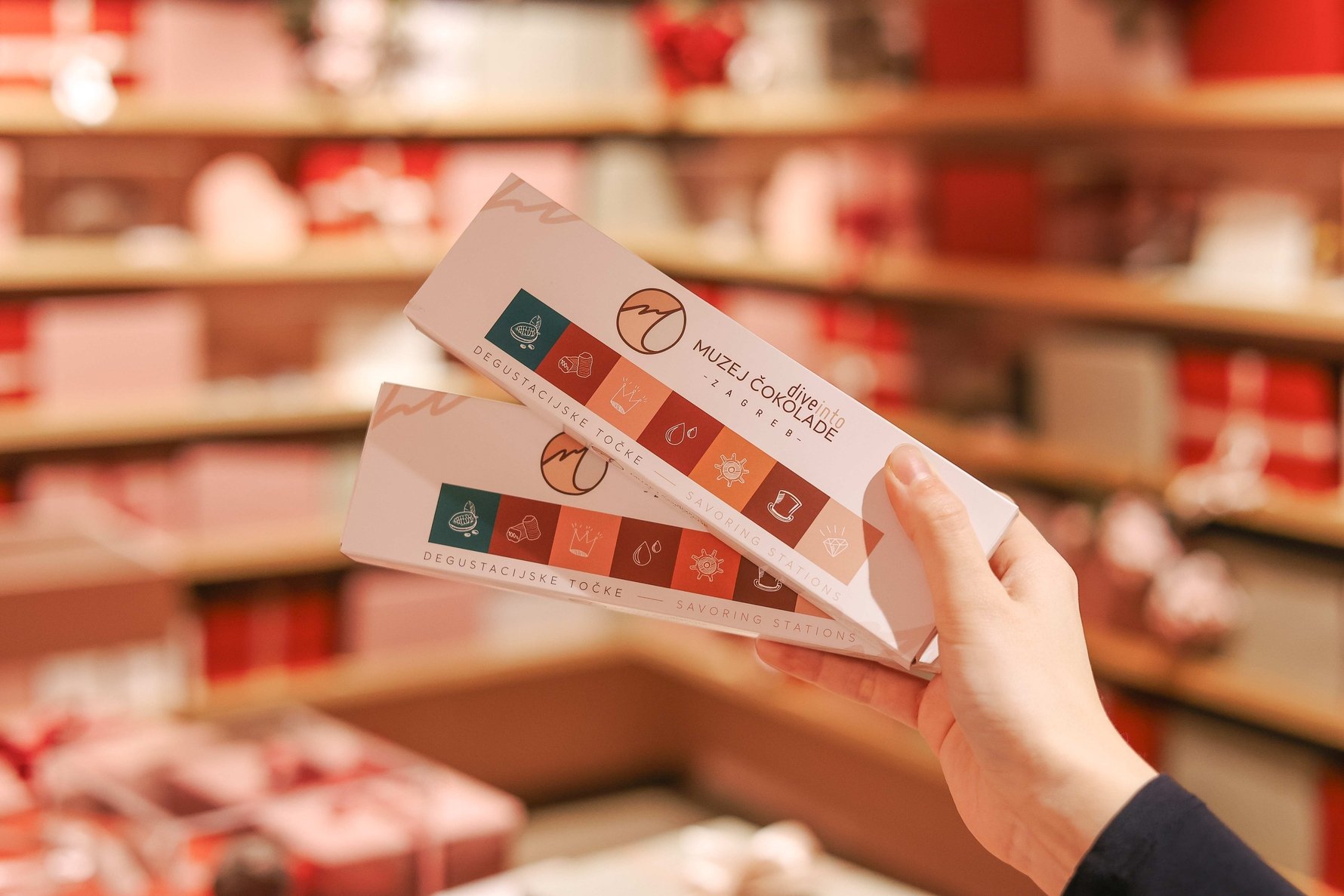
Some things you will learn in the Chocolate Museum
CHOCOLATE HISTORY
Once inside the museum, visitors follow the chocolate history path,beginning with the cocoa beans produced in Mesoamerica thousands of years ago, to chocolate drinks at the European courts, continuing through the centuries,all the way to the present with the latest Ruby Chocolate invented in recent years.
Did you know?
- Today money no longer grows on trees as it did in precolonial Mesoamerica. Cocoa beans in those days could buy you anything – a rabbit, an egg or a turkey – one of the most expensive things on the Aztec price list.
- The word chocolate derives from the Aztec word xocoatl which means 'bitter water'.
- Montezuma II was one of the most important Aztec rulers and it is thanks to him that cacao beans first reached Europe in the 16th century. Montezuma's wealth was immense, just like his love of chocolate. In 1519 he was introduced to Hernán Cortés , a Spanish adventurer in search of treasure. The superstitious Montezuma welcomed Cortes with the highest honours and lavished the Spaniard with gifts,including chocolate, samples of which Cortes eventually took back to the Spanish court.
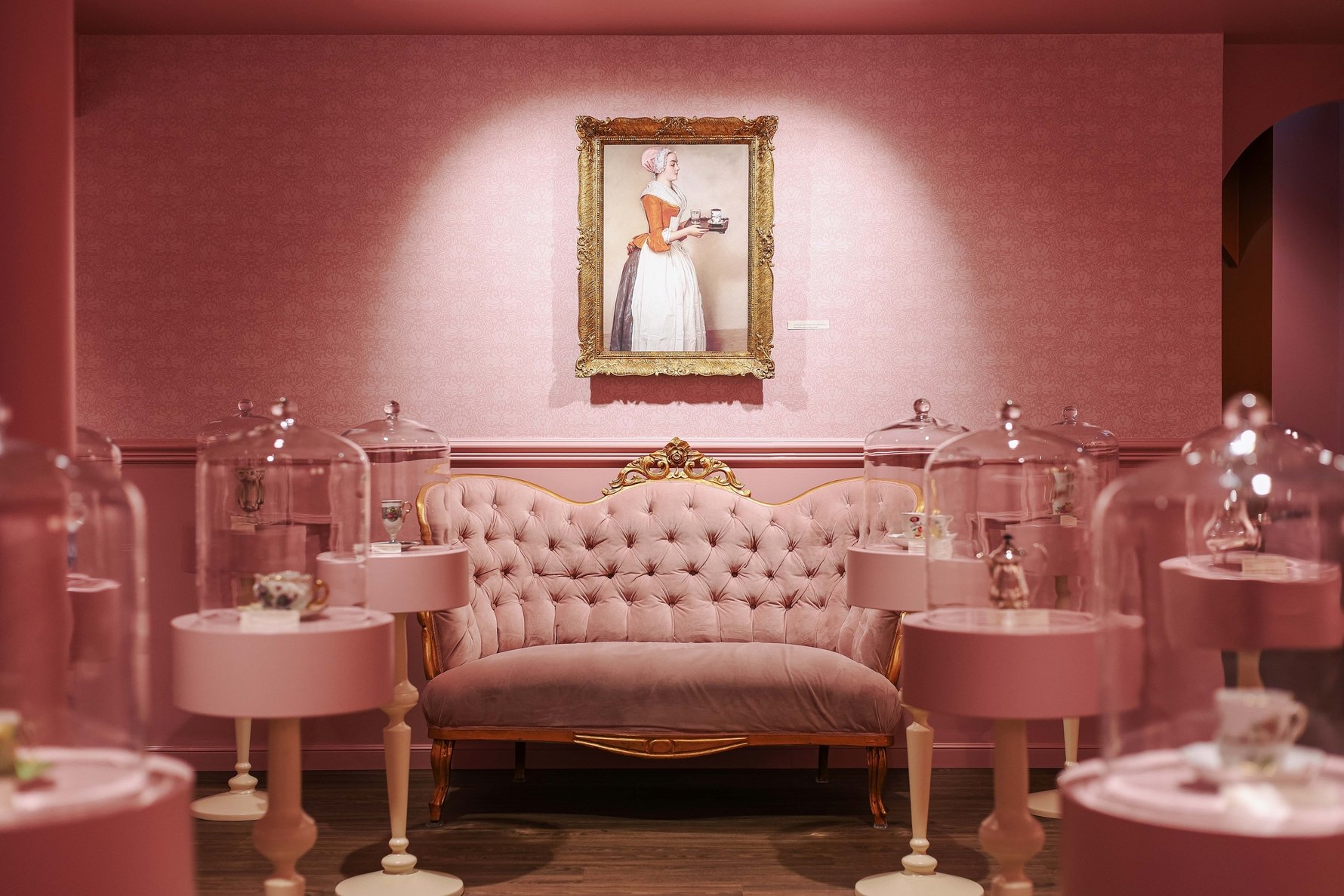
CONSUMPTION
In the first room of the Museum you will find your self in the forests of Central America which today, is modern-day Mexico. All around us are cacao trees and the sounds of the jungle. We see different vessels and containers that were used by the civilisations in those times. The Mayan civilisation used cocoa late drinks in wedding rituals while on the other hand, the Aztecs were less romantic and utilised chocolate during ritual sacrifices and as a means of payment.
Did you know?
- The introduction of chocolate trade around the world was begun and continued because of the influence of the Catholic Church, in particular by the Jesuits who travelled the world as missionaries.
- Chocolate has been prepared as a drink for most of its history.
- Chocolate in its current form has only been produced since the 19th century. The Mayan people used to drink chocolate as a hot beverage with the addition of honey, chilli and corn, while Spanish Conquistadors added sugar, black pepper, rice, anise and cinnamon.
- Although coco a originated in the Americas,today, West African countries, particularly Côte d'Ivoire and Ghana, are the leading producers of cocoa in the 21st century, and they account for some 60% of the world's cocoa supply.
- In present day Europe, the Swiss and the Austrians are the biggest consumers of chocolate (8 kg per capita annually), followed by the Germans, English, Irish and Italians. Croatians consume 4.2 kg per capita.
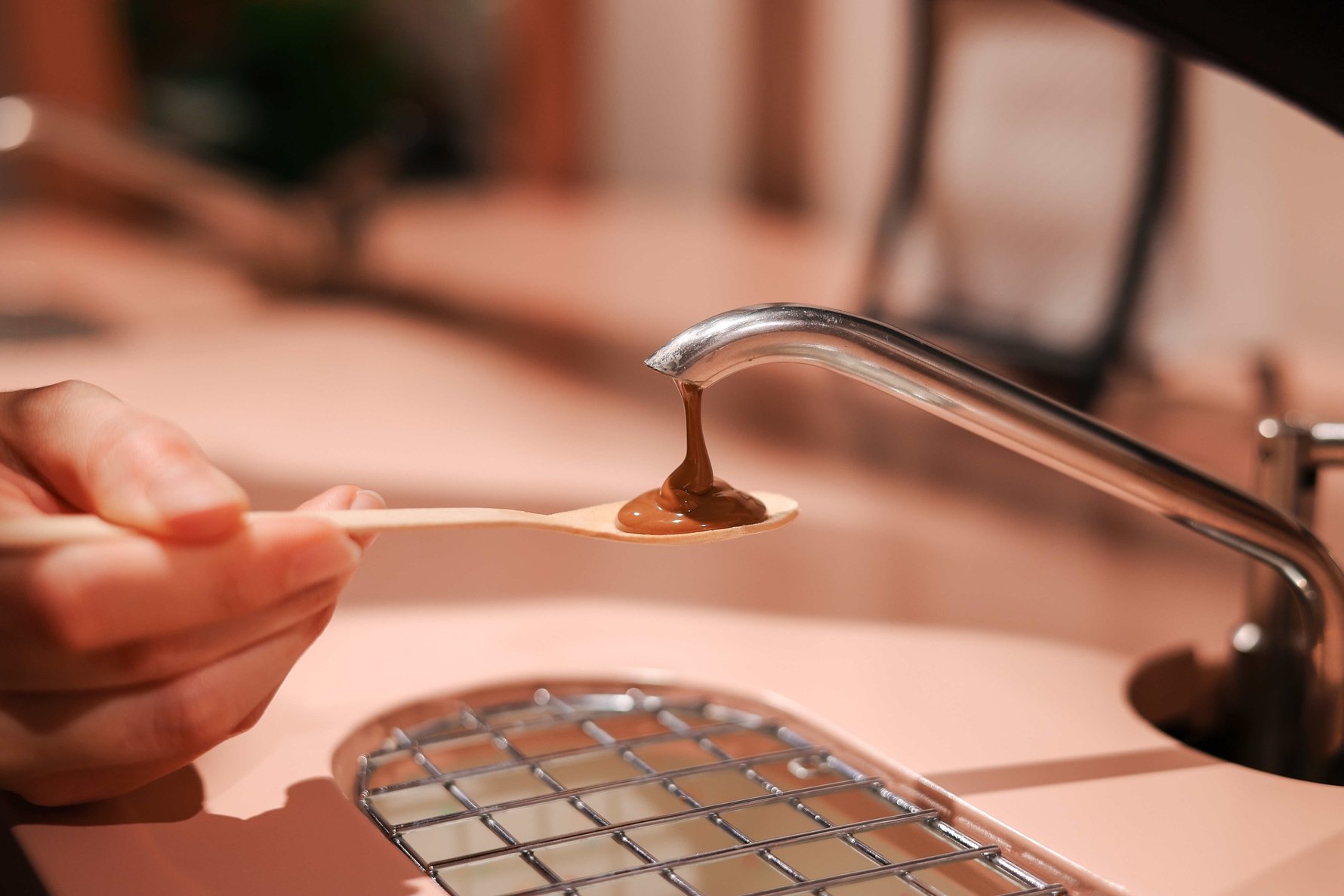
INVENTIONS
Until the 16th century, no European had ever heard of the popular drink from Central American people. Only after the Spanish conquest of the Aztecs, was chocolate imported to Europe. There it quickly became a court favourite al though it was still served as a beverage.
In 1815, Dutch chemist, Coenraad van Houten introduced alkaline salts to chocolate, which reduced its bitterness. A few years later, in 1828, he created a press to remove about half the natural fat from the chocolate liquid, which made chocolate both cheaper to produce and more consistent in quality. This innovation was the introduction to the modern era of chocolate.
Did you know?
- In 1847, English chocolatier, Joseph Fry, discovered a way to make chocolate able to be moulded. Subsequently, his chocolate factory, Fry's of Bristol, England began mass-producing a chocolate bar, Fry's Chocolate Cream, which was launched in 1866, and which became very popular.
- The chocolatiere was a popular pot designed especially to pour hot chocolate perfectly. It is believed that the French invented it and it was typically made of porcelain or silver.
- Moustached cups were invented by British potter Harvey Adams in 1860. During the Victorian era, a moustache was a sign of prestige, but drinking chocolate for moustachioed men was a nightmare until this particular invention. By adding a ledge to 'regular' cups, Adams shielded a gentleman's moustache.
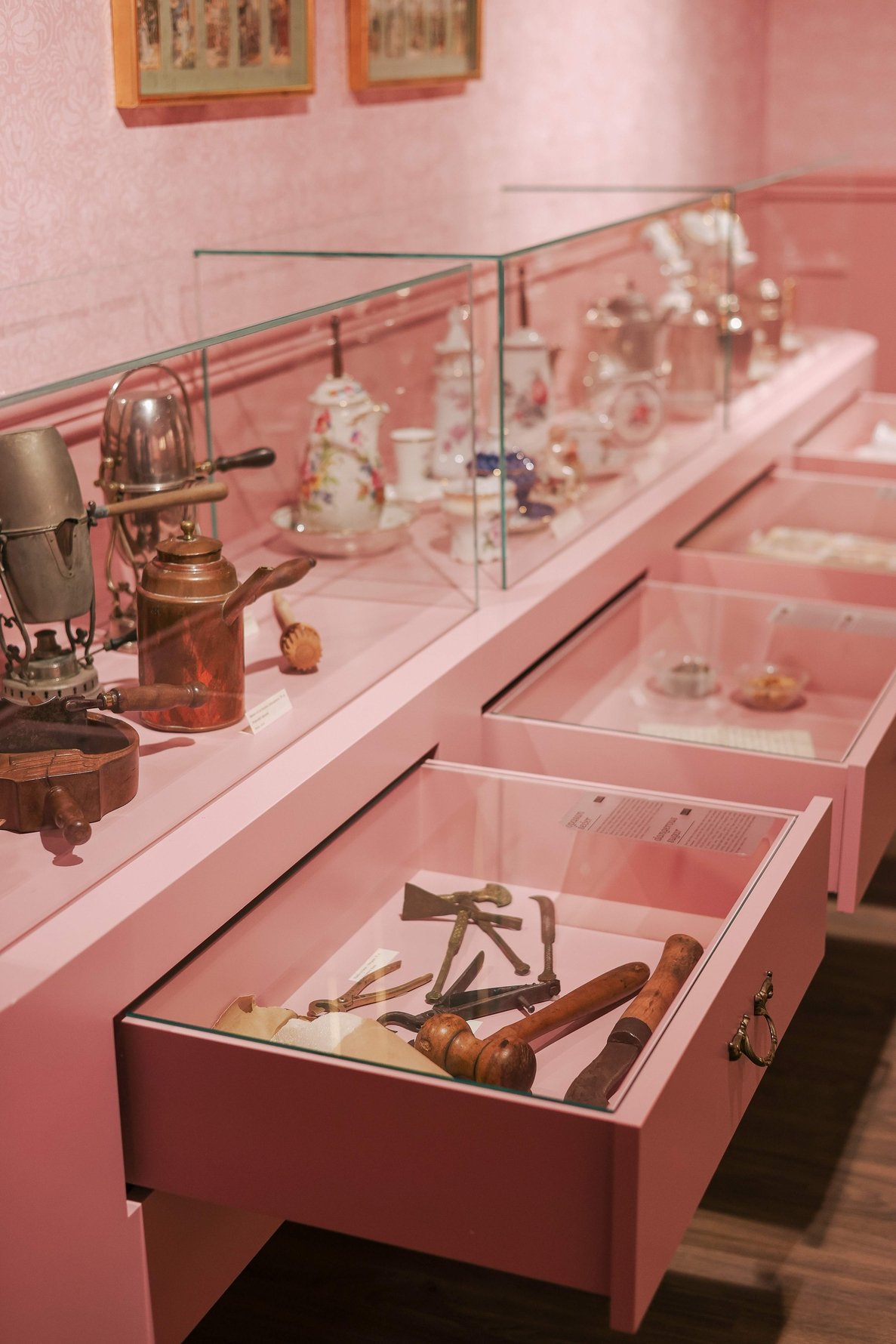
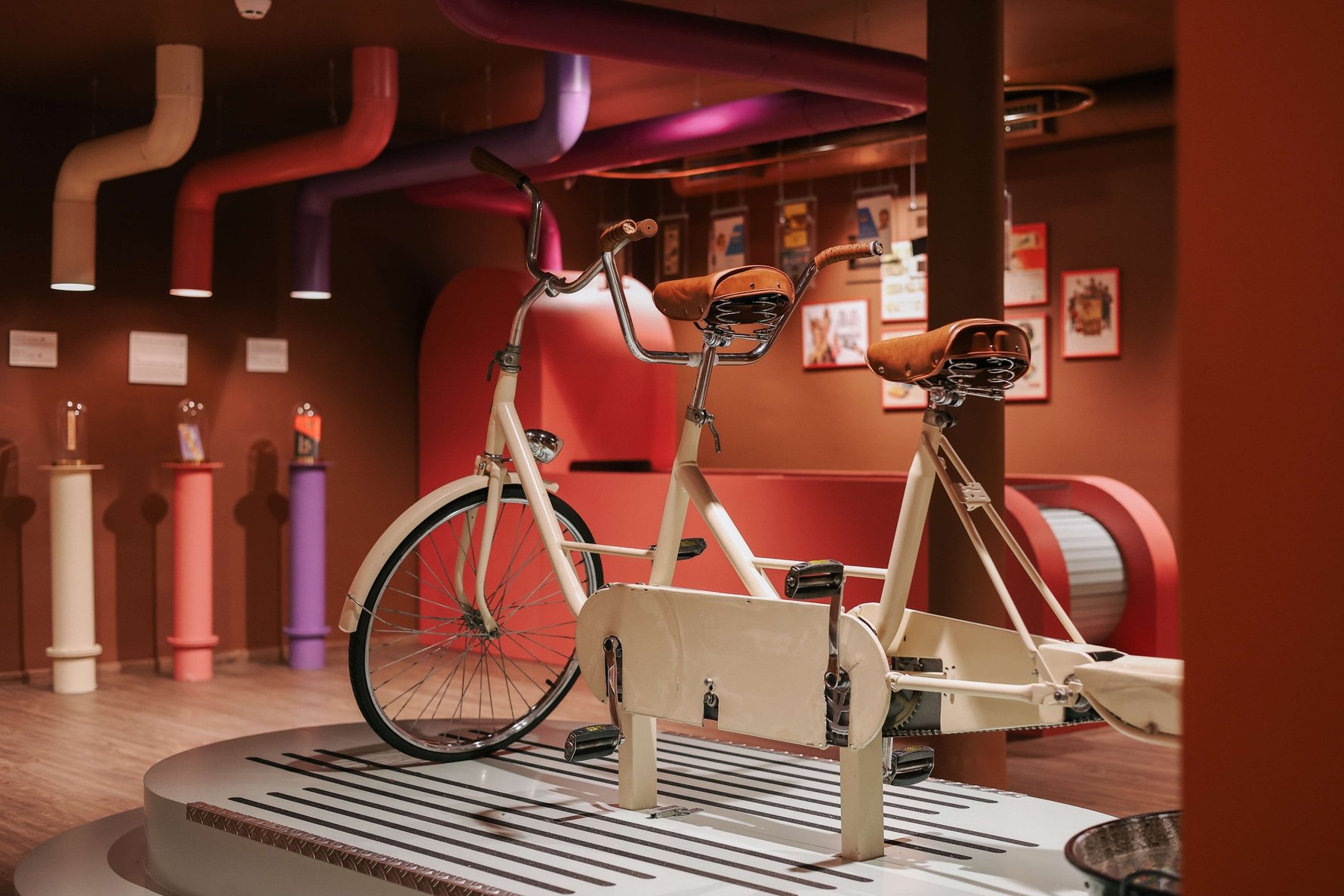
TYPES OF CHOCOLATE
Much of the chocolate consumed today is in the form of sweet chocolate, which combines chocolate with sugar.Several types of chocolate can be differentiated as below:
Milk Chocolate
Milk chocolate is a sweet chocolate that also contains milk powder or condensed milk. It contains 20% milk powder, 10% cocoa powder, 24.5% cocoa butter and 45% sugar.
White Chocolate
White chocolate contains 25% milk powder, 29.5% cocoa butter and 45% sugar.
Dark Chocolate
Dark chocolate contains 7% cocoa butter, 67.5% cocoa powder and 25% sugar
Did you know?
- Ruby Chocolate is the fourth kind of chocolate introduced by the Swiss-Belgian giant, Barry Callebaut, the biggest chocolate manufacturer in the world, in 2017. Ruby Chocolate is naturally pink, without the addition of colouring, its aroma is acidic and fruity and the production process is a top secret.
- Mikado (the first rice chocolate)is probably the most important Croatian contribution to global chocolate innovation.The world’s first rice chocolate was introduced in1964 by Zvečevo factory from Croatia.





Comments